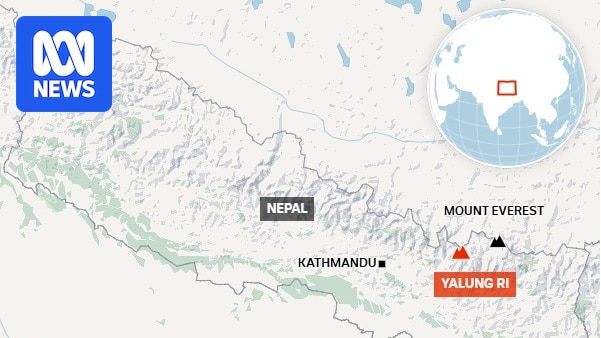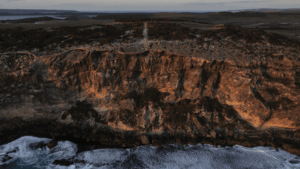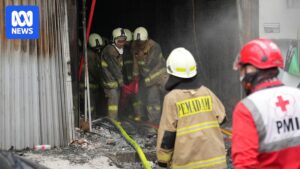
An avalanche on Nepal’s Mount Yalung Ri has resulted in the deaths of at least seven people, including five foreign climbers and two Nepali guides, according to local officials. The incident occurred at the mountain’s base camp, situated at an elevation of 4,900 meters, where at least five others sustained injuries.
Rescue operations are currently underway, with helicopters and search teams on foot attempting to reach the affected area. However, adverse weather conditions have complicated efforts, forcing a rescue helicopter to turn back. Officials, including Armed Police Force spokesperson Shailendra Thapa, have confirmed that attempts to reach the site will continue, with another helicopter mission planned.
Challenging Weather Conditions
The avalanche comes amidst a period of deteriorating weather in Nepal. Snowstorms have been reported across the mountainous regions, exacerbated by Cyclone Montha, which brought heavy rain and snowfall to the country last week. These conditions have left trekkers and tourists stranded on popular Himalayan routes, highlighting the unpredictable nature of the region’s climate.
Mount Yalung Ri, a 5,600-meter peak located in the Dolakha district northeast of Kathmandu, is known as a beginner-friendly mountain, attracting climbers with little experience in high-altitude expeditions. Despite its reputation, the mountain’s conditions can quickly become perilous, as evidenced by the recent tragedy.
Nepal’s Mountaineering Landscape
Nepal is renowned for its towering peaks, home to eight of the world’s 14 tallest mountains, including the iconic Mount Everest. The country’s climbing seasons are typically divided into spring and autumn, with the latter offering a narrow window between the rainy monsoon months and the onset of winter. This period sees hundreds of foreign climbers attempting to summit smaller peaks like Yalung Ri.
Last month, a severe blizzard on Mount Everest trapped hundreds of hikers at elevations exceeding 4,900 meters, underscoring the ongoing risks faced by climbers in the region. The allure of Nepal’s mountains continues to draw adventurers from around the globe, despite the inherent dangers.
Rescue and Recovery Efforts
As rescue operations persist, the identities and nationalities of the deceased climbers remain unconfirmed. The focus remains on locating any additional survivors and providing medical assistance to those injured in the avalanche. The challenges posed by the weather have necessitated a cautious approach, with rescuers prioritizing safety as they navigate the treacherous terrain.
“The weather has been a significant obstacle, but our teams are committed to reaching the site and ensuring the safety of all involved,” said Shailendra Thapa, emphasizing the determination of the rescue personnel.
The tragedy on Mount Yalung Ri serves as a stark reminder of the unpredictable nature of mountaineering in Nepal. As authorities continue their efforts, the global climbing community watches closely, hoping for a successful resolution to the ongoing rescue mission.
Looking Forward
The incident has prompted discussions about the safety protocols and preparedness measures in place for climbers tackling Nepal’s peaks. Experts suggest that improved forecasting and communication systems could enhance safety for future expeditions. Additionally, there is a call for increased awareness among climbers about the potential risks and the importance of adhering to guidelines provided by local authorities.
As the situation develops, Nepal’s mountaineering industry faces the dual challenge of ensuring safety while maintaining its appeal to adventurers worldwide. The outcome of the current rescue efforts will likely influence future policies and practices, shaping the experiences of climbers drawn to the majestic heights of the Himalayas.






